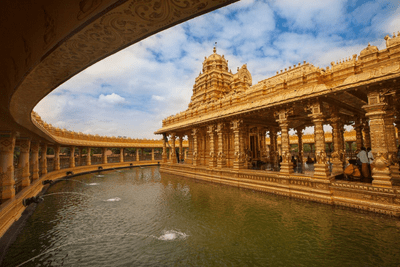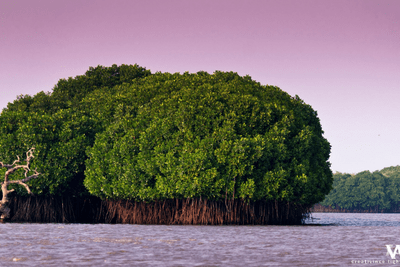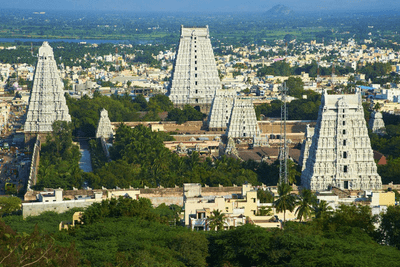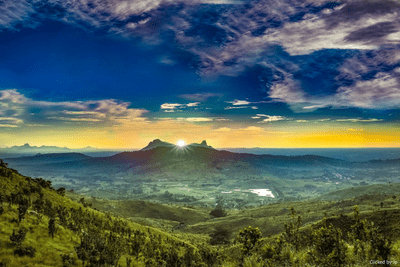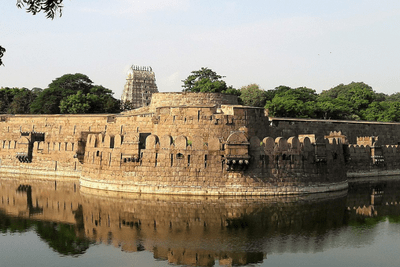Thondai Nadu
Duration
8D, 7N
Overview
Tondaimandalam, also known as Tondai Nadu, is a historical region located in the southern part of Andhra Pradesh and the northernmost part of Tamil Nadu. The region comprises the districts which formed a part of the legendary kingdom of Athondai Chakravarti. The boundaries of Tondaimandalam are ambiguous – between the river basins of Penna River and Ponnaiyar River. During the reign of Rajaraja I, this region was called as Jayankonda Cholamandalam. The region includes the Nellore, Chittoor, North and South Arcot and Chingleput districts of the Andhra and Madras states. Chennai was part of the region. It covers the present-day areas of Nellore, Chittoor, Vellore, Ranipet, Tirupattur, Tiruvannamalai, Villupuram, Kallakuruchi, Tiruvallur, Kanchipuram, Chengalpattu, Cuddalore and Chennai districts of modern-day Andhra Pradesh and Tamil Nadu.
Included/Exclude
- A/c Accommodation on twin sharing basis with Daily Breakfast(Only 1 B/F).
- AC car for all the transfers and local sightseeing as per the given itinerary.
- Well-experienced and bilingual driver till the departure.
- All the expenses related to the vehicle (toll, tax, parking, permits, driver batta, etc).
- Hotel Check-in at 12 pm and check-out at 10 am.
- The driver is only available as per the program given above.
- All the applicable taxes.
- No hidden costs.
- The packages do not include Volvo bus tickets.
- Guide charges, entry fees, Camera Charges, Massages, Elephant Safaris, Personal expenses like laundry, tips and telephone calls, Optional Tours, Travel Insurance, etc.
- Optional activities are mentioned in the itinerary & anything not mentioned in the above package.
- In case of payment made by cr card or debit card service charge of 2.5% and 1% will be charged extra.
Tour Amenities
Tour Plan
Duration
8D, 7N






